 Nonviolent Communication: A Language of Life by Marshall B. Rosenberg
Nonviolent Communication: A Language of Life by Marshall B. Rosenberg
My rating: 4 of 5 stars
Nonviolent communication is a way of communicating that leads to us giving from the heart where we perceive relationships in a new light when we hear our own needs deeper and those of others. We can shine consciousness on places where we hope to find what we are seeking.
- The four steps:
- Observations
- Feelings
- Needs
- Requests
- Communication that blocks compassion
- Certain ways of communicating alienate us from our natural state of compassion
- In the world of judgements, our concern centre on “who is what”
- Analysis of others are actually expressions of our own needs and values
- Classifying and judging people promotes violence
- Comparisons are a form of judgement
- Our language obscures awareness of personal responsibility
- We can replace language which implies lack of choice with language that acknowledges choice.
- We are dangerous when we are not conscious of our responsibility for how we behave, think and feel
- We can never make people do anything
- Thinning based on “who deserves what” blocks compassionate communication
- Life-alienating communication has deep philosophical and political roots
- Observe without evaluating
- When we combine observation with evaluation, people are apt to hear criticism
- Identifying and expressing feelings
- Expressing out vulnerability can help resolve conflict
- Distinguish feelings from thoughts
- Thoughts can include
- Words – that, like, as, as if
- Pronouns – I, you, he, she, they, it
- Names – Amy
- Nouns referring to people – my boss
- Distinguish between what we feel and what we think we are
- What we think we are include
- Evaluation e.g. inadequate could be the feelings e.g. disappointed, impatient, frustrated
- Distinguish between what we feel and how we think others react or behave towards us e.g. unimportant, misunderstood, ignored
- Taking responsibility for our feelings
- What others do may be the stimulus of our feelings, but not the cause
- Four options for receiving negative messages
- Blame ourselves
- Blame others
- Sense our own feelings and needs
- Sense others’ feelings and needs
- Connect your feelings with your needs – “I feel … because …”
- Distinguish between giving from the heart and being motivated by guilt
- Judgements of others are alienated expressions of our own unmet needs
- If we express our needs we have a better chance of having them met
- Some basic human needs – Autonomy, Celebration, Integrity, Interdependence, Play, Spiritual Communion, Physical Nurturance
- If we don’t value our needs others might not either
- Emotional Slavery to Emotional Liberation
- We see ourselves as responsible for others’ feelings
- The obnoxious stage – we feel angry, we no longer want to be responsible for others’ feeling
- Emotional liberation – we take responsibility for our intentions and actions. We respond to the needs of others out of compassion, never out of fear, guilt or shame.
- Requesting that which would enrich life
- Use positive language when making requests
- Making requests in clear positive, concrete action language reveals what we really want
- Vague language contributes to internal confusion
- Depression is the reward we get for being “good”
- When we simply express our feelings it may not be clear to the listener what we want them to do
- We are often not conscious of what we are requesting
- Requests may sound like demands when unaccompanied by the speaker’s feelings and needs
- The clearer we are about what we want the more likely we are to get it
- To make sure the message we sent is the message that’s received ask for the listener to reflect it back
- Express appreciation when your listener tried to meet your request for a reflection – especially when the words repeated don’t match the messages intent
- Empathise with the listener who doesn’t want to reflect back
- After we express ourselves vulnerable we often want to know
- What the listener is feeling
- What the listener is thinking; or
- whether the listener would be willing to take a particular action
- In a group much time is wasted when the speaker does not know what response they want
- When the other person hears a demand from us, they see two options
- Submit
- Rebel
- To tell if it’s a demand or a request, observe what the speaker does if the request is not complied with
- It’s a demand if the speaker then criticises or judges
- It’s a demand if the speaker then lays a guilt trip
- It’s a request if the speaker then shows empathy towards the other person’s needs
- Our objective is a relationship based on honesty and empathy
- Receiving empathically
- There are two parts of nonviolent communication
- Express honestly
- Receive empathically
- Empathy: emptying our mind and listening with our whole being
- What empathy is not:
- Advising, one-upping, educating, consoling, story-telling, shutting down, sympathising, interrogating, explaining, correcting, reassurance
- Intellectual understanding blocks empathy
- Listen to what people are needing rather than what they are thinking
- When asking for information first express our own feelings and needs
- Reflect back messages that are emotionally charged
- Paraphrase only when it contributes to greater compassion and understanding
- Behind intimidating messages are merely people appealing to us to meet their needs
- A difficult message is an opportunity to enrich someone else’s life
- Paraphrasing saves time
- When we stay with empathy we allow speakers to touch deeper levels of themselves
- We know a speaker has received adequate empathy when
- We sense a release of tension or
- The flow of words comes to a halt
- We need empathy to give empathy
- There are two parts of nonviolent communication
- The power of empathy
- Empathy allows us “to reperceive [our] world in a new way and to go on”
- “Don’t just do something …”
- It’s harder to empathise with those who appear to possess more power, status or resources
- The more we empathise with the other party the safer we feel
- We “say a lot” by listening for other people’s feelings and needs
- Rather than put your “but” in the face of an angry person, empathise
- When we listen for feelings and needs, we no longer see people as monsters
- It may be difficult to empathise with those who are closest to us
- Empathising with someone’s “no” protects us from taking it personally
- To bring a conversation back to life: interrupt with empty
- What bores the listener bores the speaker too
- Speakers prefer that listeners interrupt rather than pretend to listen
- Empathise with silence by listening for the feelings and needs behind it
- Empathy lies in our ability to be present
- Connecting compassionately with ourselves
- The most important use may be in developing self-compassion
- To evaluate ourselves in ways that engender growth rather than self-hatred
- Avoid shoulding yourself!
- Self-judgements (like all judgements) are tragic expressions of unmet needs
- Fully connect with historical feelings unmet needs to help us get past them now
- Self-forgiveness by connecting with the needs we were trying to meet when we took the action we now regret
- We are compassionate with ourselves when we are able to embrace all parts of ourselves and recognise the needs and values expressed by each part
- We want to take action out of the desire to contribute to life rather than out of fear, guilt, shame or obligation
- With every choice you make, be conscious of what need it serves
- Refreame as “I choose to … because I want to …”
- Be conscious of actions motivated by the desire for money or approval, and by fear, shame or guilt. Know the price you pay for them
- The most dangerous of all behaviours may consist of doing things “because we’re supposed to”
- Expressing anger fully
- Hurting people is too superficial
- We are never angry because of what others say or do
- Motivation by guilt mixes up stimulus and cause
- The cause of anger lies in our thinking – in thoughts of blame and judgement
- When we judge others we contribute to violence
- Use anger as a wake-up call
- Anger co-opts our energy by diverting it towards punitive actions
- When we become aware of our needs, anger gives way to life-saving feelings
- Violence comes from the belief that other people cause our pain and therefore deserve punishment
- Judgement of other leads to self-fulfilling prophecies
- Steps to expressing anger
- Stop, Breathe
- Identify our judgemental thoughts
- Connect with our needs
- Express our feelings and unmet needs
- The more we hear them, the more they’ll hear us
- Stay conscious of the violent thoughts that arise in our minds without judging them
- When we hear another person’s feelings and needs, we recognise our common humanity
- Our need is for the other person to truly hear our pain
- People do no hear our pain when they believe they are at fault
- Practice translating each judgement into an unmet need
- Take your time
- Conflict resolution and mediation
- Creating a connection between people is the most important thing
- The aim is not to get either side to do what the other side wants
- Instead we work to create that quality of mutual concern and respect where each party thinks their own needs matter and they are conscious that their needs and the other person’s well being are interdependent
- This is about mutual satisfaction, not compromise
- When you make the connection, the problem usually solves itself
- Conflict resolution
- First side expresses their own needs
- We search for the real needs of the second party, no matter how they are expressing themselves.
- Verify that we both accurately recognise the other person’s needs – if not continue seeing. Both sides need to be able to clearly express the needs of the other.
- Express as much empathy as needed to hear each other’s needs accurately
- With the clarified needs we propose strategies for resolving the conflict, framing them in positive action language
- Avoid the use of language that implies wrongness
- Separate needs from the strategies to fulfil them
- Intellectual analysis is often receive as criticism
- Learn to hear needs regardless of how people express them
- Criticism and diagnosis get in the way of peaceful resolution of conflict
- People often need empathy before they are able to hear what is being said
- Use present language fosters respectful discussions “Would you be willing to …”
- Action language requires the use of positive action verbs
- Maintaining respect is a key element in successful conflict resolution
- The objective is not to get the parties to do what we want them to do
- Sometimes you need to reassure people that they will get the chance to put their side on the table
- Keep track of unfinished topics as the conversation bounces around to ensure they are all tied off
- Use role-play to speed up the mediation process
- No matter what happens we all have the same needs
- Role-play is simply putting ourselves in the other person’s shoes
- The purpose of interrupting is to restore the process
- We need to be well practiced at hearing the need in any message
- Both sides need to be fully aware of their own needs as well as the others so that scarcity thinking does not take hold.
- The protective use of force
- The intention behind the protective use of force is only to protect, not to punish, blame or condemn
- The corrective process is one of education, not punishment.
- Ignorance includes
- Lack of awareness of the consequence of our actions
- An inability to see how our needs may be met without injury to others
- The belief that we have the right to punish or hurt others because they “deserve” it
- Delusional thinking that involves, for example, hearing voices that instruct killing
- Punitive action is based on the assumption that people commit offenses because they are bad or evil and to correct the situation they need to be made to repent by
- Making them suffer enough to see the error of their ways
- Repent
- Change
- In reality punitive action is likely to generate resentment and hostility and to reinforce resistance to the very behaviour we are seeking
- Fear of corporal punishment obscures children’s awareness of the compassion underlying their parents’ demands
- Punishment also includes judgemental labeling and the withholding of privileges
- When we fear punishment we focus on consequences, not on our own values
- Fear of punishment diminishes self-esteem and good will
- Questions
- What do I want this person to do?
- What do I want the person’s reasons to be for doing it?
- Nonviolent communication does not mean permissiveness
- Liberating ourselves and counseling others
- We can liberate ourselves from cultural conditioning
- The ability to hear our own feelings and needs and empathise with them can free us from depression
- Focus on what we want to do rather than what went wrong
- Defuse stress by hearing our own feelings and needs
- Defuse stress by empathising with others
- I empathised with clients instead of interpreting them, I revealed myself instead of diagnosing them
- Expressing appreciation in nonviolent communication
- Compliments are often judgements – however positive – of others
- Express appreciation to celebrate, not to manipulate
- Use these components of appreciation
- The action that contributed to our well-being
- The need of ours that have been fulfilled
- The pleasure engenered by the fulfilment of those needs
- Receive appreciation without feelings of superiority of false humility
- “What appreciation might someone give you that would leave you jumping for joy?”
- We tend to notice what’s wrong rather than what’s right
 HBR Guide to Making Every Meeting Matter
HBR Guide to Making Every Meeting Matter Empowered: Ordinary People, Extraordinary Products
Empowered: Ordinary People, Extraordinary Products One Mission: How Leaders Build A Team Of Teams
One Mission: How Leaders Build A Team Of Teams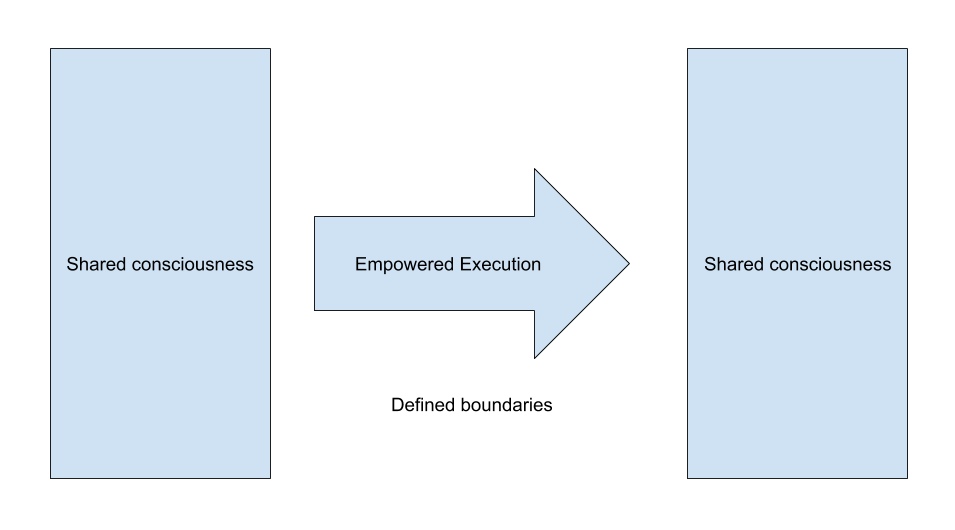
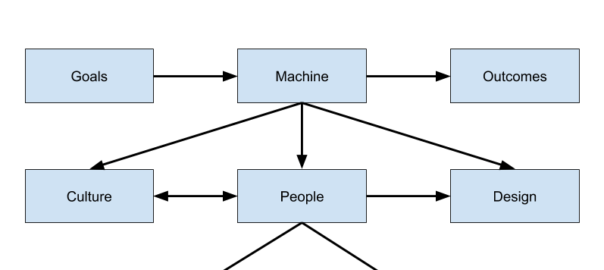
 Principles: Life and Work
Principles: Life and Work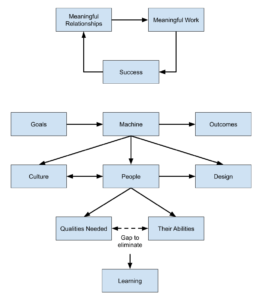
 HBR’s 10 Must Reads on Leadership
HBR’s 10 Must Reads on Leadership You Can’t Know It All: Leading in the Age of Deep Expertise
You Can’t Know It All: Leading in the Age of Deep Expertise The Art of Action: How Leaders Close the Gaps between Plans, Actions and Results
The Art of Action: How Leaders Close the Gaps between Plans, Actions and Results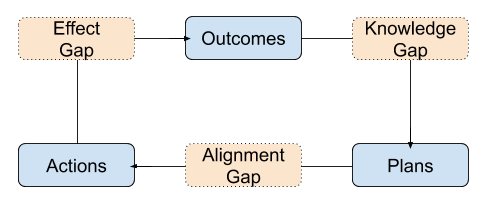
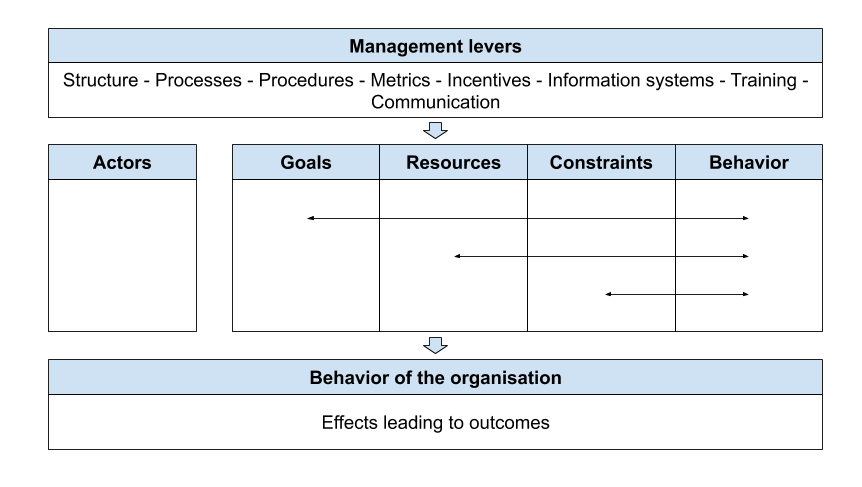

 The Fearless Organization: Creating Psychological Safety in the Workplace for Learning, Innovation, and Growth
The Fearless Organization: Creating Psychological Safety in the Workplace for Learning, Innovation, and Growth Crucial Accountability: Tools for Resolving Violated Expectations, Broken Commitments, and Bad Behavior
Crucial Accountability: Tools for Resolving Violated Expectations, Broken Commitments, and Bad Behavior